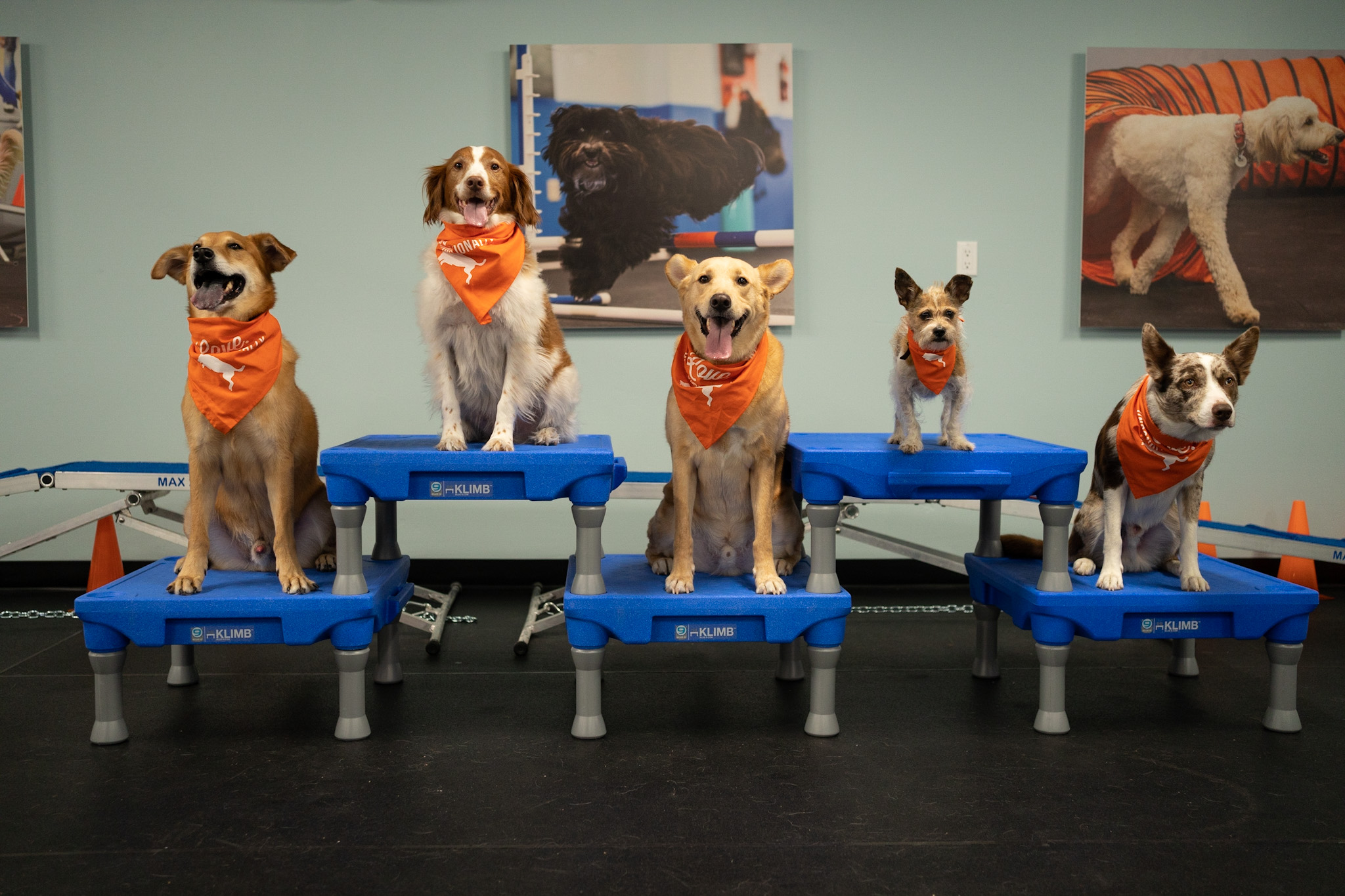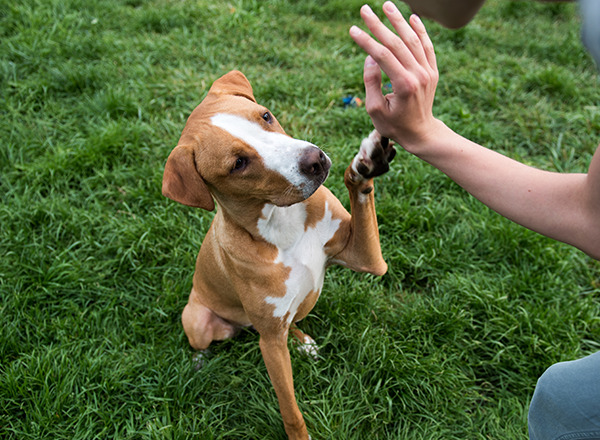Top Strategies for Effective Dog Training Techniques Every Pet Owner Should Know
Beginner's Overview to Effective Pet Dog Training in your home
Effectively training a pet dog at home calls for a nuanced understanding of canine behavior and effective interaction techniques. Developing clear training objectives, making use of premium incentives, and preserving uniformity throughout household participants are important components. Incorporating training into daily routines can improve both interaction and retention.
Comprehending Pet Dog Habits
Comprehending pet habits is necessary for efficient training and promoting a harmonious connection between human beings and their canine friends. Pets interact mainly through body language, articulations, and faces, making it vital for proprietors to analyze these signals properly. Identifying habits such as tail wagging, roaring, or cring can provide understandings right into a pet's emotion and intents.

Common behavior issues, such as hostility, anxiety, or excessive barking, commonly come from misconceptions or unmet demands. Observing and dealing with these concerns immediately can protect against escalation and make sure a positive training experience. By promoting a deep understanding of pet dog behavior, owners can tailor their training techniques to match their canine companions, ultimately resulting in a mannerly and happy animal.
Essential Educating Tools
A fully equipped training room can significantly improve the efficiency of pet training at home. Vital training tools make sure that both the pet and the instructor can involve in effective sessions that foster knowing and bonding.

Investing in a tough leash and a comfy, well-fitting collar or harness is vital for safety and control. These devices assist develop limits and make sure the pet dog remains safe during training. In addition, a marked training area, cost-free from disturbances, aids concentration for both the dog and the instructor.
Educating aids such as training pads, cones, or dexterity equipment can likewise enhance the experience by introducing range and challenges. Last but not least, having a notebook or digital app for tracking progression can be vital, enabling you to keep in mind successes and areas for enhancement. Using these crucial tools will certainly develop a positive training environment and lay the foundation for efficient learning.
Producing an Educating Regimen
Establishing a constant training regimen is important for efficient pet dog training in your home. A well-structured routine not just aids in reinforcing preferred habits yet additionally offers your pet with a sense of safety and predictability. To develop an effective training routine, start by recognizing details training objectives, such as standard commands, leash walking, or house-breaking.
Select a marked time each day for training sessions, ideally when your dog is responsive and sharp. Procedure needs to be brief, around 5 to 15 mins, to keep emphasis and stop fatigue. Uniformity in timing and setting will certainly boost your pet dog's understanding experience.
Include training right into everyday activities to strengthen abilities. For example, technique commands throughout strolls or nourishment, which incorporates finding out right into natural routines. Furthermore, stay versatile and change the routine as essential, fitting your pet dog's power degrees and mood.
Positive Reinforcement Strategies
Positive reinforcement strategies are essential to effective dog training, promoting wanted habits through incentives instead of penalty. This method makes use of browse around here positive stimulations, such as deals with, appreciation, or playtime, to urge pet dogs to duplicate specific activities. The foundation of this approach is timing; benefits must be offered instantly following the desired habits to develop a clear association.
When carrying out positive support, it is vital to choose benefits that are encouraging for your pet dog. High-value treats, such as tiny pieces of poultry or cheese, can be specifically effective throughout training sessions. Furthermore, differing the rewards can preserve your dog's rate of interest and excitement.
Start with basic commands, like "sit" or "stay," and progressively development to more complex jobs. Uniformity is key; make certain that all member of the family use the exact same commands and benefit systems to stay clear of confusion.
In addition, it is essential to remain patient and prevent irritation. Dogs, like people, find out at their own pace. By promoting an encouraging training environment with favorable support, you can enhance your pet's knowing experience while enhancing the bond in between you and your hairy buddy, preparing for successful training end results.
Usual Training Challenges
While educating a pet dog in the house can be a gratifying experience, it often features a collection of typical obstacles that can check both persistence and consistency. One widespread issue is distraction. Dogs might come to be conveniently averted by sounds, activities, or perhaps scents in their environment, making it tough to keep their emphasis throughout training sessions.
An additional difficulty is inconsistency in commands and reinforcement. If family members utilize different hints or benefits, it can puzzle the canine and hinder progress. Developing a unified strategy is essential for reliable interaction.
In addition, pets can experience frustration or stress, especially if they do not comprehend what is expected of them. This can result in undesirable actions, such as barking or eating.
Lastly, the timing of reinforcement is essential (Dog training). Postponed benefits can diminish the performance of favorable reinforcement, as pets might stop working to connect the actions with the benefit
Getting rid of these difficulties needs dedication, clear communication, and an organized training strategy. Recognizing and resolving these typical obstacles will certainly lead the way for a more enjoyable and successful training experience in your home.
Conclusion
In final thought, successful pet dog training at home requires a thorough understanding of canine habits and reliable communication approaches. By establishing clear training goals and using top notch treats alongside favorable reinforcement, the training procedure comes to be more fulfilling for both the trainer and the pet.
Developing a constant training routine is crucial for efficient pet training Continued at home.Positive reinforcement techniques are essential to efficient dog training, promoting desired habits through incentives instead than penalty (Dog training). By fostering an encouraging training setting through favorable support, you can enhance your pet dog's knowing Web Site experience while enhancing the bond between you and your hairy buddy, laying the foundation for successful training outcomes
In verdict, successful pet dog training at home requires an extensive understanding of canine actions and effective communication strategies. By establishing clear training objectives and making use of high-grade deals with along with positive reinforcement, the training procedure ends up being more rewarding for both the trainer and the dog.